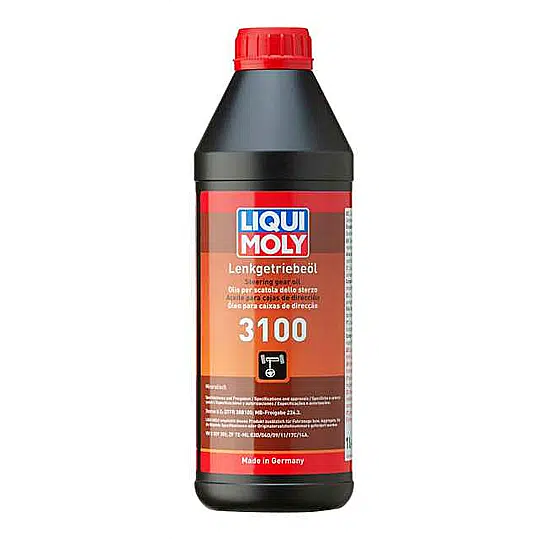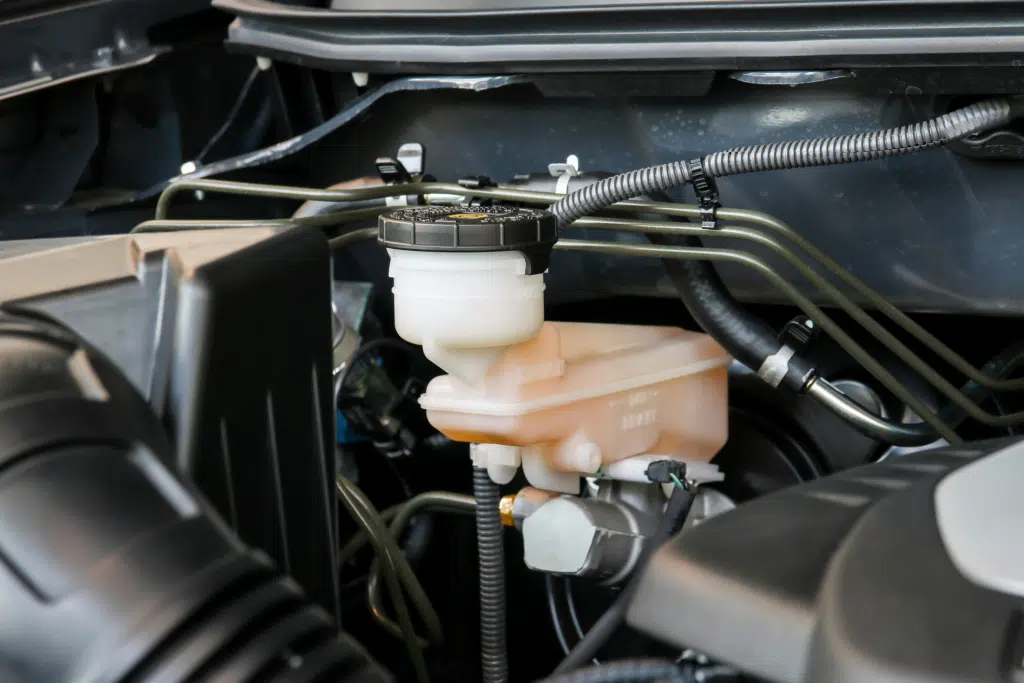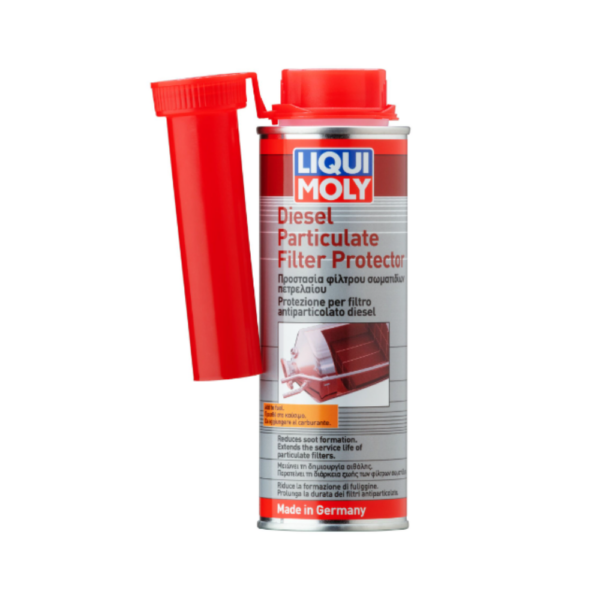Did you know that the right power steering fluid can make all the difference in how your vehicle performs? Choosing the correct fluid not only ensures smooth and easy steering, but also protects your car’s power steering system from premature wear and damage. In this comprehensive guide, we will explore the various types of power steering fluids, how to identify and address power steering fluid issues, and tips for proper maintenance. So buckle up and let’s dive in!

Key Takeaways
Power steering fluid is a type of hydraulic fluid that assists with turning the wheels for a smooth steering experience and must be regularly inspected and maintained.
Different types of power steering fluids should be chosen based on the make, model, age, and climate of the vehicle.
Following manufacturer guidelines when selecting & maintaining power steering fluids can help prevent damage or premature wear to internal components.
Understanding Power Steering Fluid

Power steering fluid, also known as power steering oil, is a type of hydraulic fluid that facilitates easier wheel turning, thus offering a smoother steering experience. It is typically situated on the passenger side of the vehicle in a white or yellow container with a black cap labeled “power steering” or “steering fluid”. The main purpose of power steering fluid is to provide pressure to the power steering system, ensuring smooth functioning of the steering mechanism.
Power steering fluid typically has a lifespan of two to three years or around 50,000 to 75,000 miles. Regular fluid level checks are required as the fluid quality degrades over time. However, if you notice a burning smell or other unusual odors, it may be time to check and replace the fluid. Regular inspection and maintenance of power steering fluid levels are necessary for preventing steering system damage and maintaining optimal performance.
Get help for your car from our AI Car Expert!
Types of Power Steering Fluids

There are three main types of power steering fluids: mineral, semi-synthetic, and synthetic, each with its own advantages and disadvantages. Factors such as the make, model, age, and climate influence the choice of power steering fluid for your vehicle. Hence, understanding their differences is important.
Mineral power steering fluid is the most common type and is usually the least expensive. It is.
Mineral Fluids
Mineral fluids are the most basic type of power steering fluid, offering standard performance and protection. They are composed of highly refined mineral oils and may include a high-performance additive system, making them suitable for hydraulic systems, power steering, and torque applications.
While mineral fluids provide satisfactory lubrication and are cost-effective, they are not as resilient as synthetic fluids. This means that they might not be the best choice for high-performance or luxury vehicles that require superior protection and performance.
Semi-Synthetic Fluids
Semi-synthetic fluids strike a balance between performance and protection, making them suitable for most vehicle types. These fluids are a combination of mineral and synthetic fluids, providing a cost-performance balance that caters to various driving conditions and requirements.
The advantages of employing semi-synthetic power steering fluid include low viscosity, resistance to foam formation, and good lubricity, making them specifically suitable for use in power steering and suspension systems.
Synthetic Fluids
Synthetic fluids offer the highest level of performance and protection, ideal for high-performance and luxury vehicles. They are specially formulated to deliver enhanced performance, providing the utmost in protection against wear, aging, and corrosion.
The primary disadvantage of synthetic fluids is their elevated expense in comparison to mineral and semi-synthetic fluids. However, their superior lubrication and longevity make them an excellent investment for vehicles that demand top-notch performance and protection.
Identifying Power Steering Fluid Issues

Observing for any signs of power steering fluid issues is important as they can result in diminished performance and potential steering system damage. Common signs include the presence of leaks, difficulty in steering, and unusual noises emanating from the steering system. If you experience any of these issues, it’s crucial to address them promptly to prevent further damage.
When encountering issues with your power steering system, it’s recommended to take your vehicle to a mechanic for assessment and repair. Regular monitoring, maintenance, and replacement of power steering fluid levels can help in early identification and prevention of potential issues.
-
LIQUI MOLY Ceratec£20.40
-
Premium Oil Change Set£37.23
-
LIQUI MOLY Oil Sludge Flush£16.83
-
LIQUI MOLY Octane Booster£8.29
-
LIQUI MOLY Super Diesel Additive£7.17
-
LIQUI MOLY Diesel Particulate Filter Protector£8.10
-
LIQUI MOLY Radiator Stop Leak£6.20
-
LIQUI MOLY Fuel Injection Cleaner£10.02
Checking and Maintaining Power Steering Fluid Levels

To check the power steering fluid levels, follow these steps:
Locate the power steering reservoir, which can be identified by its filler cap marked with the symbol of a steering wheel.
Verify the quantity of the fluid in the vehicle’s reservoir. This is the recommended approach.
If the amount is insufficient, add additional power steering fluid.
To fill the power steering tank, follow these steps:
Pour the fluid above the minimum mark.
Start the engine and observe the level of fluid as the car warms up.
Gradually add more fluid until reaching the desired level between the minimum and maximum marks.
Keep in mind that overfilling power steering fluid may cause leaks, damage to the engine, and even a fire if it comes into contact with hot engine components.
Most car manufacturers suggest replacing power steering fluid every 40,000 to 80,000 miles. On average, this is the suggested interval for replacement. However, it’s crucial to consult your owner’s manual for specific recommendations regarding your vehicle. Regular checks and maintenance of power steering fluid levels can help avoid steering system damage and maintain optimal performance.
Replacing Power Steering Fluid

When it’s time to replace power steering fluid, the process involves draining the old fluid and refilling the system with the correct type and amount of fluid. You will need specific items in order to perform this task. These include a large syringe, a container to drain the old fluid, and protective gloves.
After draining the old fluid and refilling the system with the appropriate fluid, it’s recommended to idle the car and then turn the steering wheel to full lock in both the left and right directions to ensure that the new fluid is circulated throughout the power steering system.
Selecting the Right Power Steering Fluid for Your Vehicle
When choosing the right power steering fluid for your vehicle, factors such as the make, model, age, and climate are important to consider. Consulting your owner’s manual for the recommended fluid type, or speaking with a mechanic or dealership, can help you make the right choice for your vehicle.
Remember that using the incorrect power steering fluid can lead to damage to the steering system, reduced performance, and costly repairs. Always use the same power steering fluid recommended by your vehicle’s manufacturer to safeguard your vehicle and sustain optimal performance.
Potential Consequences of Using Incorrect Power Steering Fluid
Using incorrect power steering fluid can have several negative consequences for your vehicle. It may potentially:
Damage the pump or spools
Result in premature wear of the sealing elements
Lead to the deterioration of certain seals, plastic, and rubber components within the vehicle
Cause an acidic reaction if the fluid does not blend properly with the existing fluid in the system.
Selecting the appropriate power steering fluid and adhering to the manufacturer’s guidelines for maintenance and replacement can help you avoid these issues.
Tips for Power Steering Fluid Maintenance
Maintaining the levels of your power steering fluid is key to the seamless functioning of your vehicle’s steering system. Here are some tips to help you properly maintain your power steering fluid.
Check the power steering fluid level on a monthly basis.
Use the appropriate type of power steering fluid for your vehicle, as recommended by the manufacturer.
Inspect the power steering fluid reservoir and hoses for any signs of leakage to ascertain if there are any leaks in the power steering system.
Address any leaks in the power steering system in a timely manner.
Adhering to these tips will aid in maintaining your vehicle’s power steering system in top condition and avert potential issues.
LIQUI MOLY Power Steering Fluids

LIQUI MOLY offers an array of premium power steering fluids that are suitable for a variety of vehicle types and needs. Their power steering fluids provide:
Outstanding wear, aging, and corrosion protection
Optimal friction values
Prevention of oil loss and leakage
Regeneration of hardened seals and gaskets
Care for rubber and plastic seals in the steering gear
When purchasing LIQUI MOLY power steering fluid, make sure to check the product code to ensure compatibility with your vehicle. LIQUI MOLY’s range of high-quality power steering fluids can help you maintain your vehicle’s power steering system and ensure optimal performance. To conveniently get the right product, you can order online.
LIQUI MOLY Power Steering Fluid Additive

LIQUI MOLY Power Steering Fluid Additive can enhance the performance and durability of your power steering system by:
Minimizing wear and providing extra protection
Helping prevent oil loss
Stopping oil leakage in the steering gear
Regenerating hardened seals
Reducing wear in high-heat situations
Improving shifting in power-steering and automatic transmissions.
Adding LIQUI MOLY Power Steering Fluid Additive to your power steering fluid routine can:
Ensure your vehicle’s steering system remains in excellent condition
Prolong the life of the power steering components
Maintain smooth steering performance.
Summary
In conclusion, choosing the right power steering fluid for your vehicle is crucial for maintaining optimal steering performance and preventing damage to the steering system. By understanding the different types of power steering fluids, regularly checking and maintaining fluid levels, and using high-quality products like LIQUI MOLY power steering fluids and additives, you can keep your vehicle’s steering system in top condition and ensure a smooth and comfortable driving experience.
Frequently Asked Questions
Can I just add power steering fluid?
Yes, you can easily add power steering fluid by removing the cap and pouring in new fluid.
Be sure to check the type of fluid is right for your car by consulting your manual or manufacturer’s recommendations.
What are the signs of needing power steering fluid?
If your steering wheel is hard to turn or making loud noises, you might need power steering fluid. Other signs include changes in color and bubbling of the fluid, difficulty turning the wheel, and leaking fluid.
What happens when power steering fluid is low?
Low power steering fluid is dangerous and can lead to difficult steering, a heavy wheel, and a loud whining or screeching noise coming from the hood.
This will make it harder to steer, especially during sharp corners and U-turns, and can result in a loss of control.
Does it matter what power steering fluid you use?
Yes, it does matter what power steering fluid you use. Different car makes and models have different requirements for their power steering fluid, so you should always consult your owner’s manual to find the right type of fluid for your car.
If you don’t use the correct fluid, there may be compatibility issues leading to power steering pump failure.
How do I know if my car needs steering fluid?
If your steering wheel is difficult to turn, if it jerks in your hand or makes noise when turning, or if you hear a loud whining or screeching noise coming from under the hood, these are signs that your car needs steering fluid.
You can check the current levels of power steering fluid by accessing the reservoir under the bonnet.








